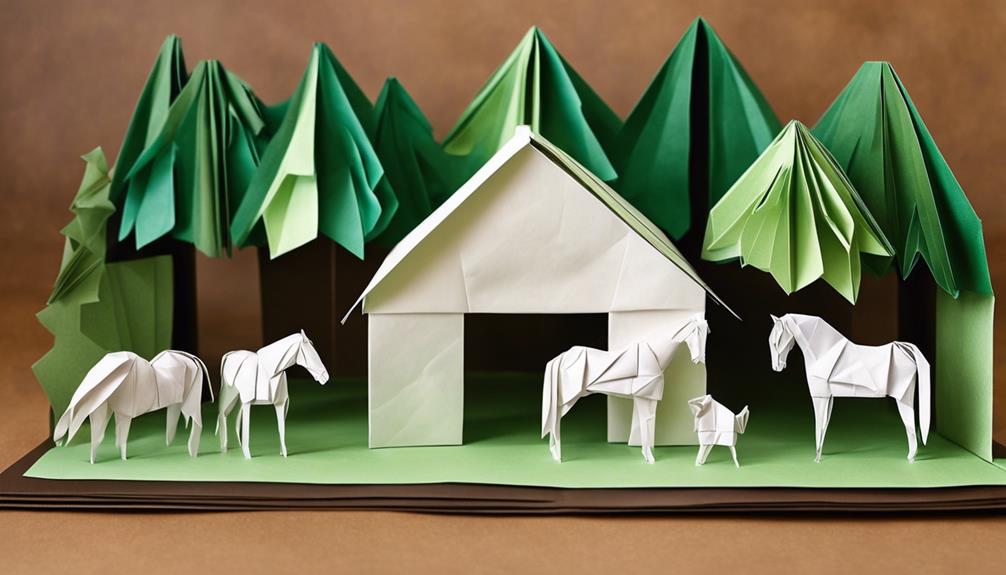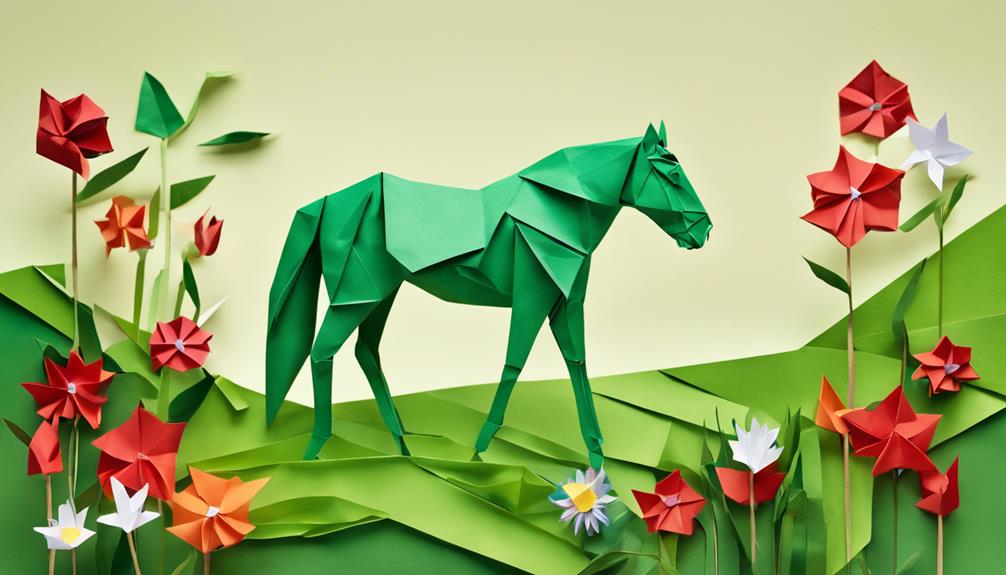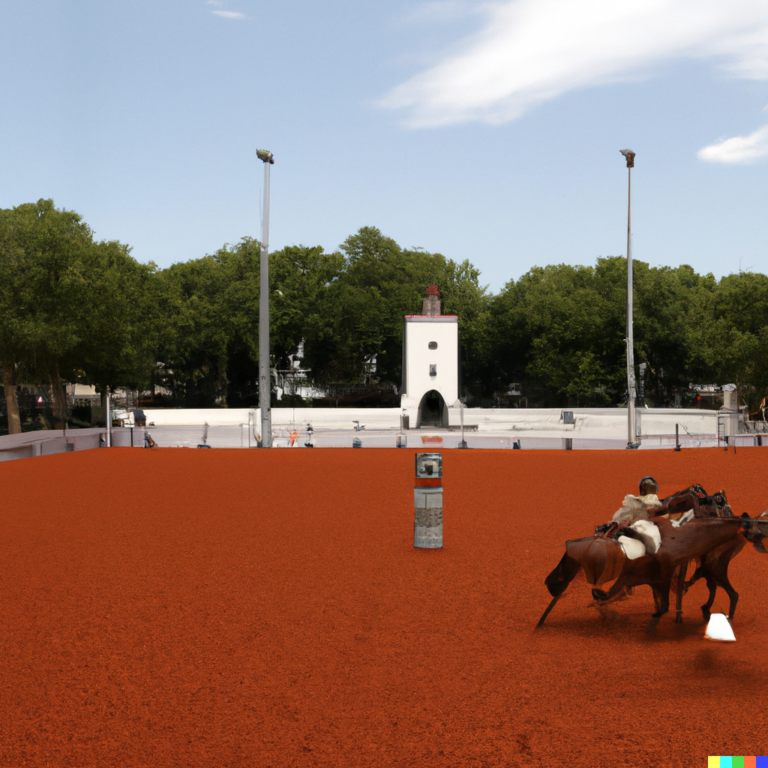General Rules of Equestrian
As you enter the equestrian world, remember that safety, horse care, and respect for the arena come first. Wear a properly fitted helmet and gear that meets safety standards. Provide your horse with a balanced diet, regular veterinary check-ups, and proper care. Familiarize yourself with horse body language and communicate clearly with your teammates. Maintain a clean and tidy barn space, respect others' belongings, and follow arena etiquette rules. Regularly maintain your equipment and tack, and prioritize safety and courtesy in the arena. By following these general rules, you'll set yourself up for a safe, enjoyable, and rewarding experience – and there's more to discover as you continue on this journey.
Safe Riding Practices

Riding safely requires you to always wear a properly fitted helmet that meets the safety standards of a recognized equestrian organization, such as the American Society for Testing and Materials (ASTM) or the Snell Memorial Foundation. This is a non-negotiable rule, as a helmet can be the difference between life and death in the event of a fall. But safety goes beyond just wearing a helmet. You must also develop riding confidence by practicing regularly, taking lessons from a qualified instructor, and gradually increasing your riding skills. This will help you stay focused and calm in the saddle, reducing the risk of accidents. In the event of an emergency, it's essential to know the procedures to follow. Make sure you're familiar with basic first aid, know how to call for help, and have a plan in place for emergency situations. By following these safe riding practices, you'll be well on your way to enjoying the freedom and liberation that comes with horseback riding.
Horse Handling and Care
When you're working with horses, it's essential that you understand their body language and behavior, as this will help you build trust and maintain a safe environment. Recognizing signs of fear, anxiety, or aggression can prevent accidents and guarantee a harmonious partnership. Familiarize yourself with horse temperament types, such as hot-blooded or calm, to tailor your approach.
In addition to emotional well-being, equine nutrition plays a pivotal role in a horse's overall health. Providing a balanced diet that meets their nutritional needs is essential. Secure access to fresh water, high-quality hay, and grains formulated for their specific life stage and activity level. Avoid overfeeding, as this can lead to obesity and related health issues. Regular veterinary check-ups will help identify any nutritional deficiencies or health concerns early on. By prioritizing horse handling and care, you'll foster a strong bond built on trust, respect, and mutual understanding.
Barn Etiquette and Rules

You'll find that a well-organized and respectful barn environment is just as important as proper horse handling and care. Maintaining a clean and tidy space is vital, providing everyone's safety and comfort. As you navigate the barn, remember to respect others' space and belongings. Keep your horse's stall clean, and dispose of manure and soiled bedding properly.
Barn socialization is vital, so take the time to introduce yourself to other horse owners and riders. Building relationships with the barn community can lead to valuable connections and a more enjoyable experience. Familiarize yourself with farm protocols, such as feeding schedules, turnout routines, and emergency procedures. By following these guidelines, you'll create a harmonious and efficient barn environment.
Remember to communicate with barn staff and management regarding any concerns or issues. Be considerate of others' horses and equipment, and always follow posted rules and signs. By adhering to these simple rules and guidelines, you'll contribute to a positive and respectful barn atmosphere, allowing everyone to focus on what matters most – the love and care of horses.
Arena Safety and Courtesy
In the arena, prioritizing safety and courtesy is crucial to guarantee a positive experience for both horses and riders. You can facilitate a smooth ride by following basic arena etiquette rules. Be aware of your surroundings and keep an eye on other riders, horses, and obstacles in the arena. This ring awareness will help you anticipate and avoid potential hazards.
When entering or exiting the arena, always look left, right, and left again to confirm you're not interrupting another rider's session. Pass left shoulder to left shoulder when meeting another horse and rider, and avoid sudden stops or turns that might spook other horses. If you need to stop or change direction, signal your intentions to other riders using clear hand signals. Remember to keep a safe distance from other horses and maintain a respectful pace. By following these simple rules, you'll create a safe and enjoyable environment for everyone in the arena.
Horse Health and Wellness

As you care for your horse, it's essential that you monitor their overall health and wellness, recognizing subtle changes in behavior or physical condition that could signal a potential issue. A well-balanced diet is essential, and you should prioritize Equine Nutrition, providing your horse with the necessary nutrients for peak health. Work with an equine nutritionist to develop a customized feeding plan tailored to your horse's specific needs.
Regular veterinary check-ups are also indispensable to maintaining your horse's health. Establishing a Vaccination Schedule with your veterinarian will help protect your horse from diseases and prevent outbreaks. Stay on top of dental care, deworming, and parasite control to prevent health issues. By being proactive and attentive to your horse's needs, you'll foster a strong bond and guarantee their overall well-being. Remember, prevention is key, and early detection of potential issues can make all the difference in your horse's quality of life.
Equipment and Tack Maintenance
Proper care and regular maintenance of your horse's equipment and tack are essential to guaranteeing your safety and your horse's comfort during rides. You wouldn't want a broken saddle or a worn-out bridle to put you or your horse in harm's way. Regular tack cleaning is a must to prevent dirt and grime from building up and causing damage. Use a soft-bristled brush to remove dirt and debris, and a mild soap solution to wipe down leather surfaces. Don't forget to condition the leather regularly to keep it supple and strong.
Saddle fitting is another vital aspect of equipment maintenance. A poorly fitting saddle can cause discomfort and pain for your horse, leading to behavioral issues and performance problems. Verify that your saddle fits your horse's back perfectly, with adequate clearance and even weight distribution. Consider consulting a professional saddle fitter if you're unsure. By prioritizing equipment and tack maintenance, you can enjoy safe and enjoyable rides with your horse.
Rider Attire and Safety Gear

As you prepare to ride, you know that wearing the right gear is vital for your safety and comfort. You'll want to make sure you're equipped with the essentials, including sturdy riding boots, a helmet that fits properly, and other protective gear. In the following sections, we'll explore the key components of rider attire and safety gear, from helmets to gloves, to guarantee you're fully prepared for your time in the saddle.
Riding Boots and Shoes
You'll need riding boots or shoes that meet specific safety standards to participate in equestrian activities. These boots or shoes must provide protection for your feet and legs while riding. Look for boots or shoes that are made from durable materials, such as leather or synthetic materials, and have a low heel to prevent your foot from slipping out of the stirrup.
When it comes to boot fashions, you'll find a range of styles to choose from, including tall boots, paddock boots, and jodhpur boots. Each style has its own unique features and benefits. For example, tall boots provide extra protection for your legs, while paddock boots are more versatile and can be worn for both riding and casual activities.
The sole material is also an important consideration. Look for boots or shoes with a sole made from a durable, slip-resistant material, such as rubber or synthetic materials. This will provide traction and stability in the stirrup. By choosing the right riding boots or shoes, you'll be able to ride with confidence and safety.
Helmets and Face Guards
Your helmet is the most critical piece of safety gear in your equestrian arsenal, and you must choose one that meets stringent safety standards. Don't compromise on safety – your helmet is the last line of defense between you and a serious head injury. When selecting a helmet, look for one that's certified by a reputable organization, such as the American Society for Testing and Materials (ASTM) or the Snell Memorial Foundation.
Modern helmet designs offer advanced protection without sacrificing style or comfort. Many helmets feature ventilation systems to keep you cool, and some even have adjustable fit systems for a customized fit. Additionally, consider a helmet with a face shield or face guard to protect your face from debris and wind. Face shields can be removable or fixed, depending on your preference. Whichever helmet you choose, make sure it's properly fitted and maintained to guarantee maximum protection. Remember, your safety is paramount, and a high-quality helmet is an investment worth making.
Gloves and Leg Protection
While a helmet is vital, it's not the only safety gear you should invest in – you'll also want to think about gloves and leg protection to safeguard your hands and legs from injury. As a rider, your hands are your connection to the horse, and gloves can make a huge difference in your control and communication. Look for gloves with grip patterns that provide a secure hold on the reins, even in wet or slippery conditions. Reinforcement materials like synthetic palms or grip strips can also enhance your grip and reduce fatigue.
When it comes to leg protection, you'll want to ponder boots or chaps that provide support and protection for your legs. Look for materials that are durable, breathable, and resistant to abrasion. You should also ponder the type of riding you'll be doing – for example, if you'll be jumping or cross-country riding, you may want more substantial protection. By investing in high-quality gloves and leg protection, you can ride with confidence, knowing you've got the right gear to keep you safe and in control.
Communication and Teamwork
When riding as a team, effective communication is essential, as it enables riders to anticipate each other's moves and respond quickly to changing circumstances. You'll be more in sync with your teammates, making it easier to adapt to unexpected situations. Clear communication also helps prevent misunderstandings, which can lead to accidents or conflicts.
As a rider, you should be aware of your body language, as it conveys a lot of information to your teammates. Make sure your body language is open and confident, as this will help your teammates trust your decisions. When giving instructions, be clear and concise, avoiding ambiguity or vagueness. This will facilitate that everyone is on the same page and can respond accordingly.
Frequently Asked Questions
What Is the Ideal Horse-To-Rider Weight Ratio for Safe Riding?
'A million factors affect your ride, but let's get real, you need to think about your weight-to-horse ratio! Aim for 15-20% of the horse's weight, prioritizing your own fitness and rider fitness to guarantee a safe, liberating ride, making certain a harmonious partnership.'
Can I Ride a Horse That Is Not Vaccinated Against Diseases?
You shouldn't ride an unvaccinated horse, as it exposes you to vaccination risks, like contracting diseases from an infected horse, and puts you in harm's way through potential exposure to life-threatening illnesses.
How Often Should I Deworm My Horse to Prevent Parasites?
You should establish a deworming schedule tailored to your horse's specific needs, as over- or under-deworming can contribute to parasite resistance; consider consulting a veterinarian to determine the best approach for your horse.
Are There Any Breed-Specific Riding Styles or Techniques?
You'll find that certain breeds excel in specific disciplines; for instance, the elegant Andalusian shines in Dressage, while the agile Arabian dominates Endurance riding, allowing you to tailor your riding style to your horse's unique strengths.
What Is the Best Way to Introduce a New Horse to a Herd?
When introducing a new horse to a herd, you'll want to focus on careful socialization strategies to avoid conflict. Start with visual introductions, then gradual pasture integration, considering herd dynamics to ensure a harmonious transition.






